
Written by: Ashley Edwards
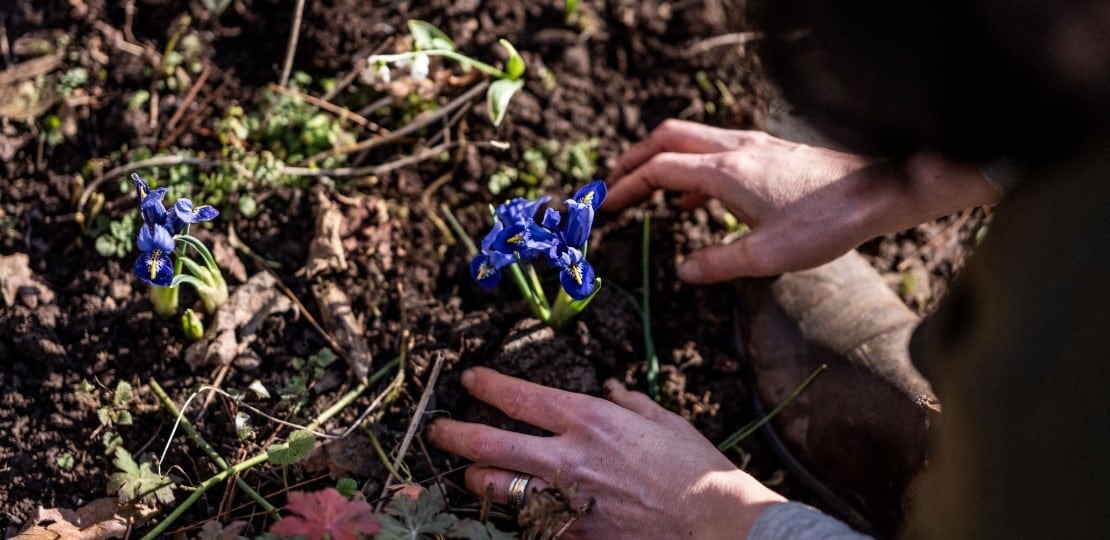
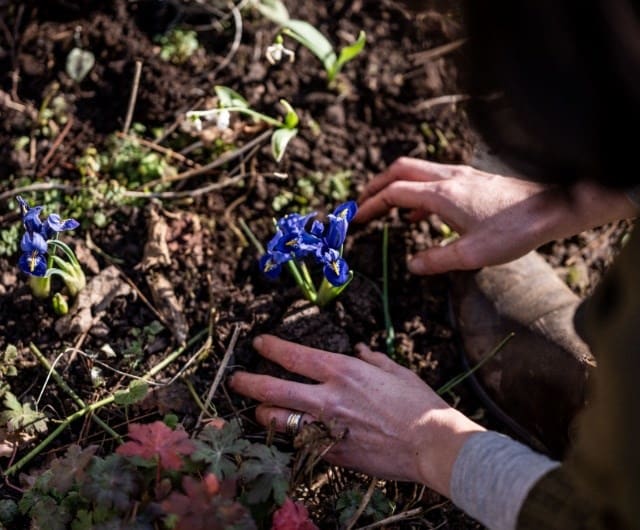
Healthy Soil
Soil may not be the sexiest selling point of the garden, but it is arguably the most important factor in creating a haven for wildlife. A teaspoon of soil can hold billions of life forms, from microscopic bacteria to various invertebrates. All of these life forms are essential to the life cycle of the garden and wider ecosystem, helping to recycle dead matter into nutrients that plants can absorb. Globally, soil stores more carbon than is found in the Earth's atmosphere, plants and animals combined. It’s the biggest carbon sink after the oceans. Soil rich in organic matter also holds more water, helping to slow the flow during heavy rain and providing water to plants. Supporting a healthy soil not only benefits wildlife locally but globally, too.
Healthy soil is the foundation of the food web, providing a home for beetles, worms, larvae, and other invertebrates that are eaten by birds, amphibians, and mammals.
Healthy soil produces healthy plants, providing a reliable food source for pollinators, leafy growth for butterfly and moth larvae, and seeds and fruits for birds and mammals. Healthy plants means no need for synthetic pesticides and harmful chemicals, which have a detrimental effect on wildlife. Fungi thrive in healthy soil, helping plants to take up increased amounts of water through the mycorrhizal network and keeping other less desirable fungi at bay.
The best way to increase soil health is to add organic matter. This could be in the form of mulches created in your own compost heap or supplier bought. Always make sure you use peat-free mulches and source locally where possible.
You could try the chop and drop method of cutting back herbaceous plants in early spring. Using shears or secateurs, chop dead parts of perennials into small pieces and leave them on the soil surface. Over time, this will break down and create a rich soil. You also get the added benefit of a habitat for small invertebrates.
Leaf mold is a fantastic way of bulking up soil and adding moisture-retaining matter. Save your fallen leaves in a chicken wire cage or in black bin bags with holes in the base to rot down over a year or two. Keep the leaves moist but not saturated, and they will become dark and crumbly, perfect for mulching or incorporating into the soil when planting. Worms love it too and will help to break it down, creating channels in the soil as they go, improving drainage and aeration.
Small cultural changes in the way we garden can have huge benefits for our plants and the wildlife that depends on them.
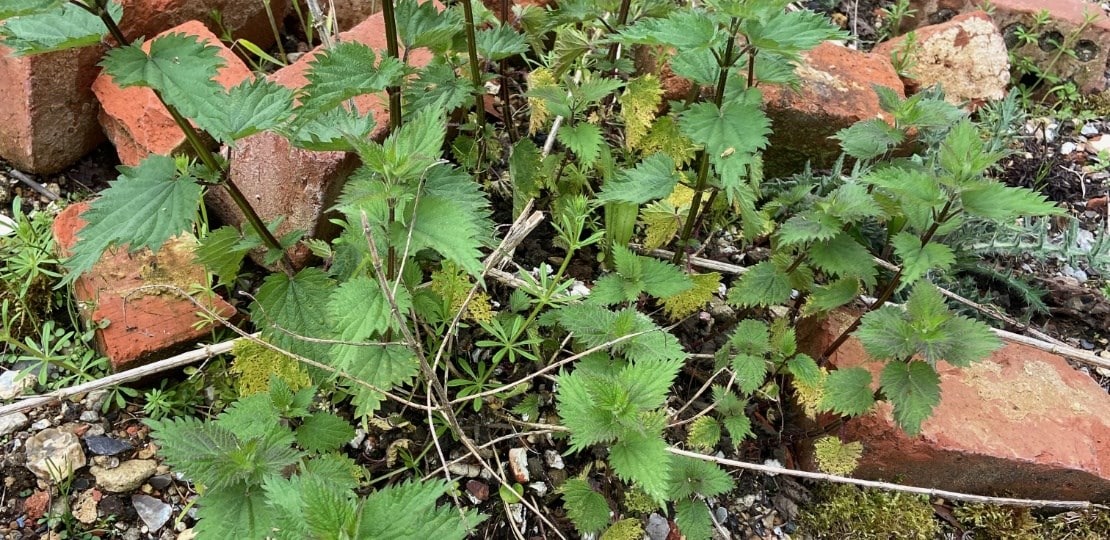
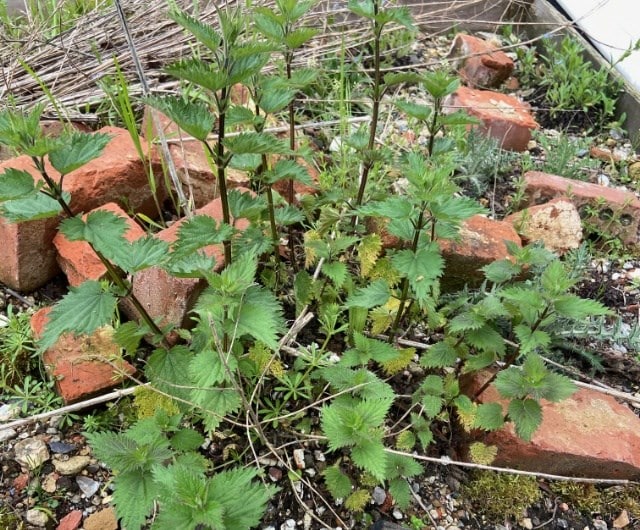
Habitat
One of the easiest things you can do in your garden to encourage wildlife is to be less tidy. Can you leave an area of your garden to wildflowers? Nettles, dandelions, ribwort plantains, and so many other plants considered weeds are excellent food sources for pollinators, birds, and mammals. Just the other day I saw a pair of goldfinches feeding on dandelion seed heads that had been left in the grass verge. Many butterflies and moths rely on these native plants to lay their eggs, and the larvae then hatching and feeding on the plants. Nettles are a favourite of ladybirds who will thank you for providing a home for them by chomping their way through hundreds of aphids. Our native wildlife has evolved alongside wildflowers, so by eradicating them, we are taking away an essential resource. At a time when the number of insects is plummeting, providing habitat has never been more important.
If you don't have space for a wild patch (perhaps you have a balcony), try using wildflowers in pots mixed in with other ornamentals to provide a long season of interest.
Log piles are a fantastic shelter for many invertebrates. Experiment by burying logs in the ground as well as in piles. The majestic stag beetle relies on standing dead wood for the larval stage of its life cycle. Even city gardens can be havens for these now red-listed beetles. On a warm summer evening last year, walking through the suburbs of South London, a huge stag beetle trundled past me with a low hum; it’s the first one I've seen in at least 10 years. Imagine if every garden in the UK had a log pile in the corner, it would provide a home for so many important inserts.
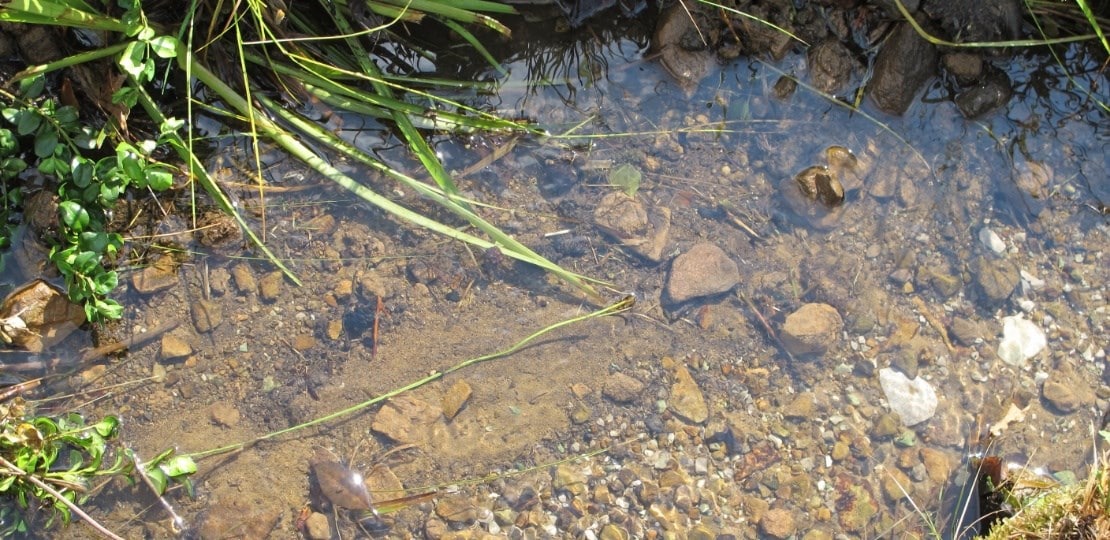
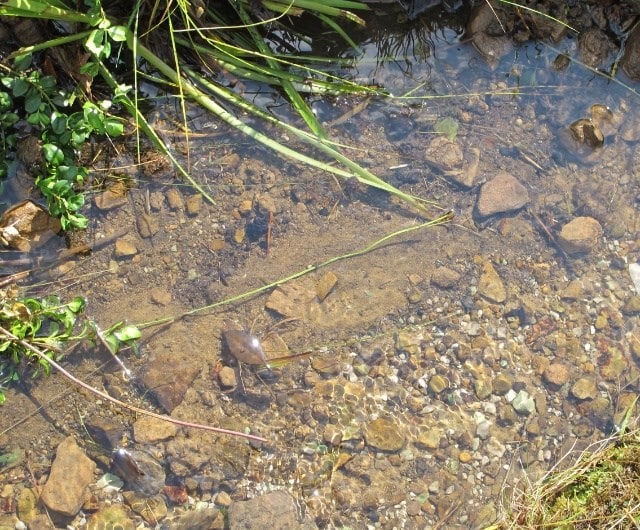
Natural Ponds
Nothing attracts wildlife quicker than water. You don’t need to create a huge pond, even a water-tight washing-up bowl, sunk into the ground, will become a haven. Dig a hole to accommodate your container and sink it into the ground so that the lip is at ground level. You could have a freestanding container like an oak barrel, but wildlife will find it more difficult to climb into, so include a ramp.
To support a variety of wildlife, pond edges should be shallow, from 20cm sloping down to around 60cm in the centre (30cm for a small container pond). Birds and mammals will visit the pond for drinking and bathing, so a slope is important to prevent them from falling in and not getting back out. Use rocks or logs to create steps out of the pond and a safe surface for visitors. Rocks, logs, and marginal plants will be especially appreciated by frogs and toads, so make sure to include these around the pond.
Don’t add fish to your pond as they will eat wildlife, and there’s no need to bring in creatures from other bodies of water; you’ll be amazed at how quickly it is inhabited.
When adding plants to your pond, make sure to avoid anything invasive and plant according to the size of your pond. Different plants will need different depths, and you should aim to cover around half the surface of your pond in foliage. Tall plants like iris are important for emerging dragonflies and a perch for other insects. Pond plants with flowers will attract pollinators.
For small ponds, use plants like Zantedeschia aethiopica 'Crowborough', Nymphaea 'Pygmaea Helvola', and Orontium aquaticum. Included submerged oxygenating plants, too, which will keep your pond and the critters living in it healthy.
By introducing some or all of these elements to your garden, you are directly having a positive impact on wildlife, not just your garden, but the greater ecosystem.
Inviting wildlife into your garden is hugely rewarding. You’ll be able to sit and observe a fascinating range of wildlife, and connect with your garden on a deeper level, boosting your own wellbeing at the same time.





